Discover NASA ScienceCasts
NASA ScienceCasts

NASA ScienceCasts
Author: NASA Science
Subscribed: 17,723Played: 105,215Subscribe
Share
© no copyright
Description
NASA Science news is too exciting for plain text. Educational "ScienceCast" videos are fun, lively, entertaining--anything but plain. Join us for a new episode weekly as we look into the science behind discoveries on Earth, the Solar System, and beyond...
312 Episodes
Reverse
The new solar arrays on @Space_Station, iROSA, are providing power to the station with improved efficiency. ROSA technology will also help power Gateway, and the DART mission!
The ISS is a one-of-a-kind laboratory, as well as an incubator for new business, accelerating the development of a new space economy in low-Earth orbit.
Colorful bursts of energy above thunderstorms called transient luminous events can be observed from the ISS. Instruments on the station are helping scientists study these particle outbursts.
The International Space Station is well known as an orbiting laboratory, but during the past decade the station has also served a very different role - that of being a business incubator. One of its star products is the CubeSat.
The commercialization of low-Earth orbit is enabling a new market in space, while aiding NASA in its mission of exploration and discovery.
Earth observing instruments on the space station along with photography from crew members serve to keep a multifunctional eye on our home planet.
Scientists are using AMS-02 on the Space Station to study fundamental particles originating from sources up to billions of light years away. These particles may hold the key to understanding both the composition and history of our universe.
The International Space Station provides the only microgravity environment in which we can test technologies critical to our deep-space exploration in the near and far-term future.
The continuously expanding solar wind begins in our Sun and doesn’t stop until after it reaches the edge of the heliosphere.
AMS-02 is helping scientists investigate many fundamental physics questions from its place on the space station. Astronauts are conducting a series of spacewalks to perform repairs and extend the life of the observatory.
The presence of water on the Moon opens up many exciting possibilities for future exploration and just as many questions about that water’s origins.
Neptune will be at opposition in September, providing an opportunity to observe this planet that is invisible to the naked eye, but that scientists would love to see more clearly.
"Black Holes" is one of the most highly searched terms about our universe. How much of what we think we know about black holes is actually true?
Welcome to the world of 3D biomanufacturing, a cutting-edge practice on Earth that is being tested aboard the International Space Station.
In July 1994, astronomers around the world watched as the fragments of comet Shoemaker-Levy 9 slammed into the planet Jupiter.
Scientists are unlocking clues about the earliest formation of our solar system from a Kuiper Belt Object known as 2014 MU69.
Experiments have taken place aboard the International Space Station to study cement based concrete in microgravity.
The Global Ecosystem Dynamics Investigation (GEDI) on the space station beams laser light down to Earth to reveal the height and density of trees and vegetation.
Living 3D versions of human organs called Tissue Chips are being sent to the International Space Station to be studied in microgravity.
NASA is using sounding rockets to study the cusp, a point where the magnetic bubble that surrounds our planet dips inward and touches down to Earth.











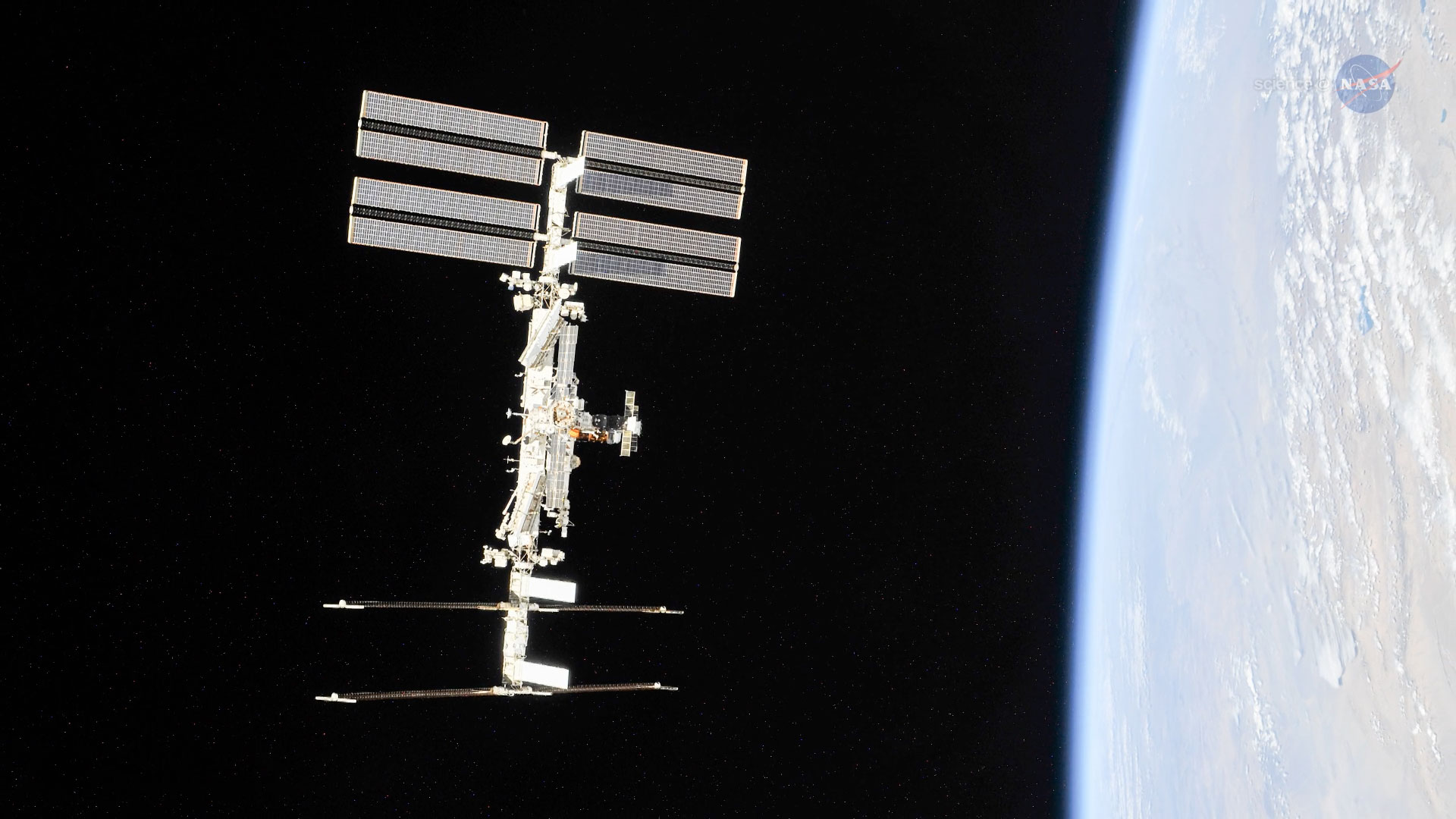
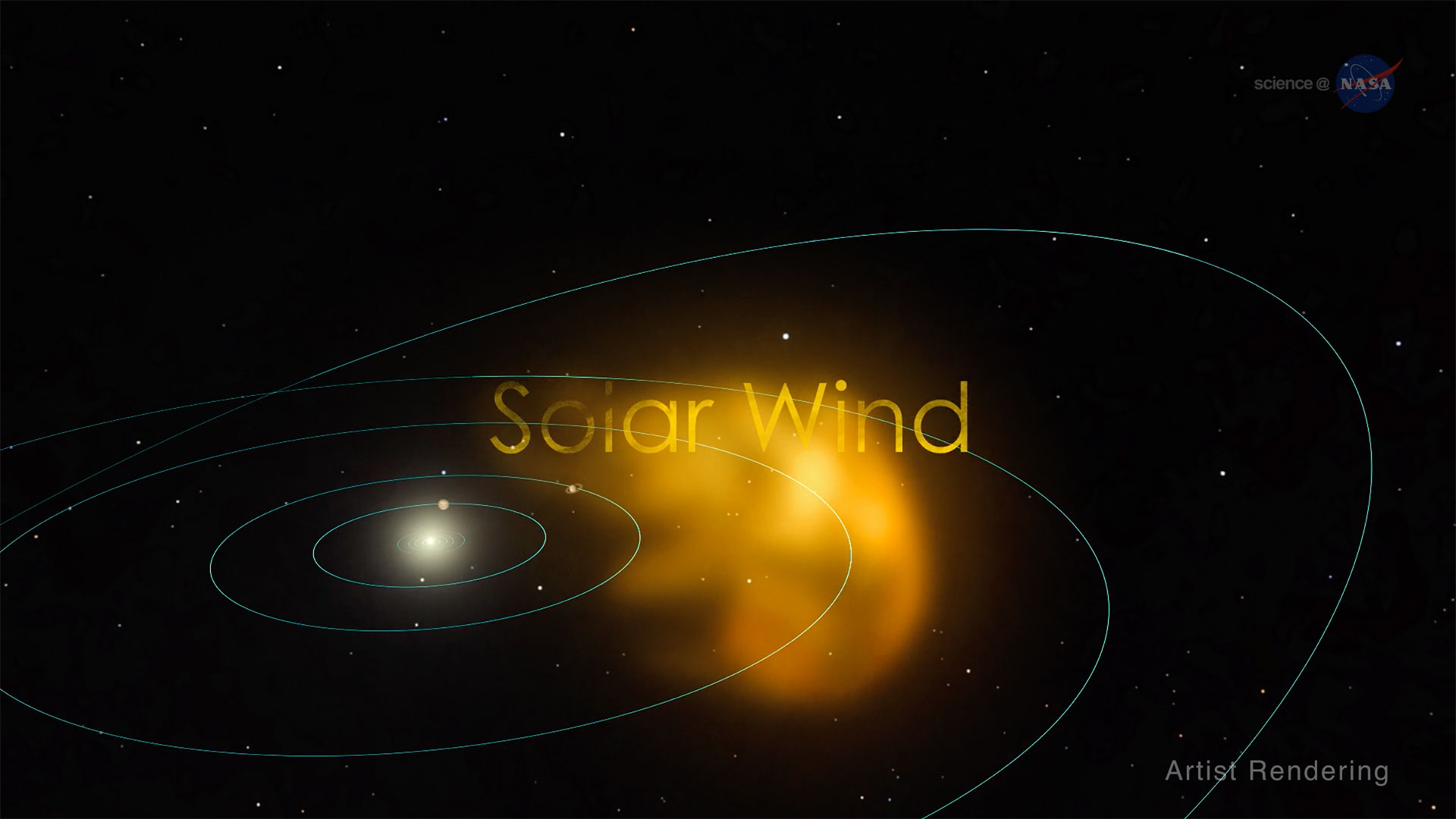
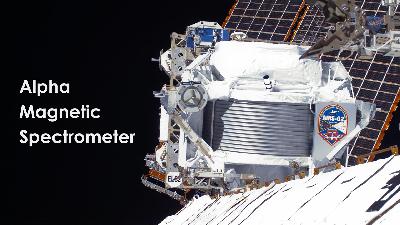

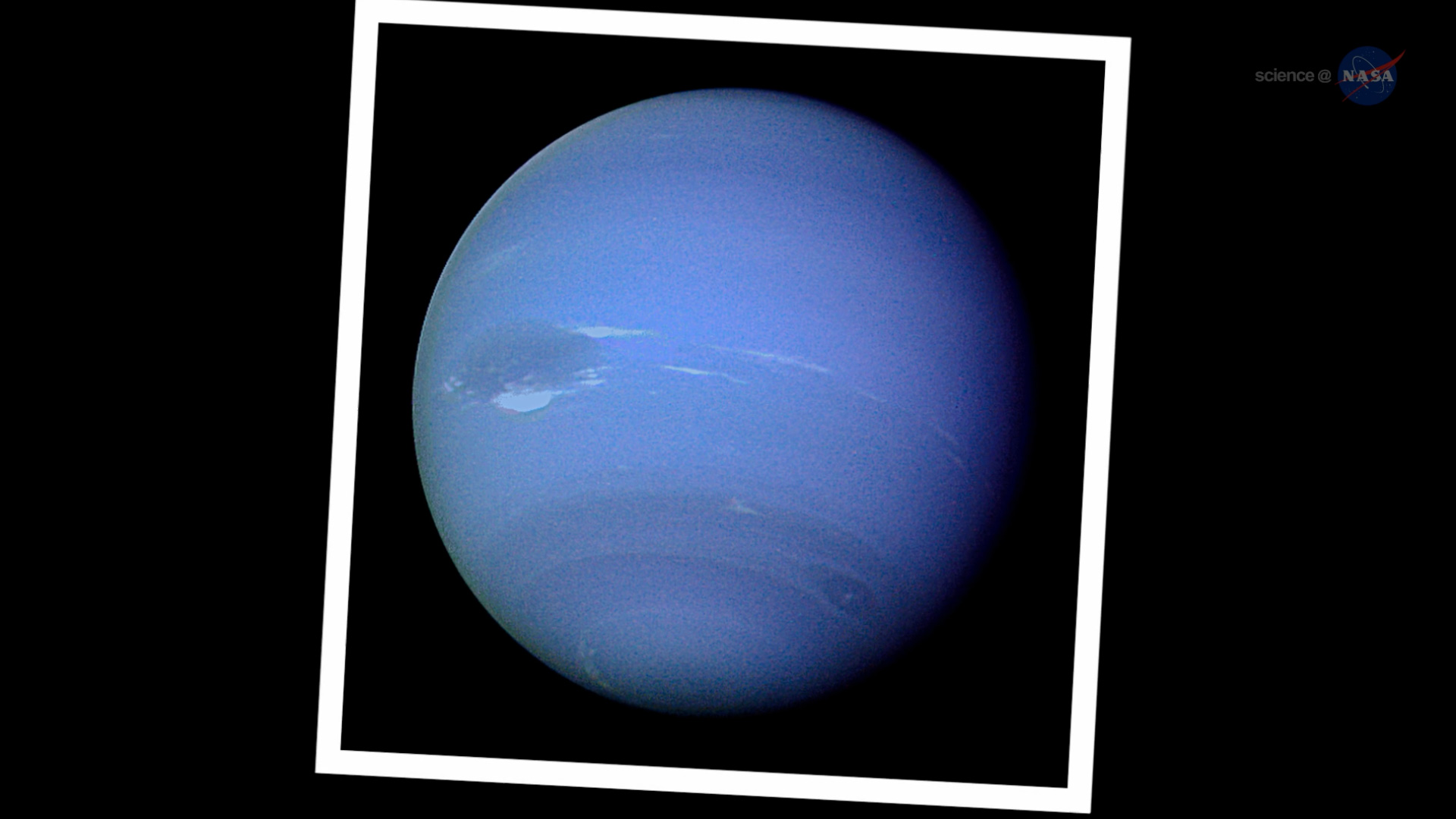



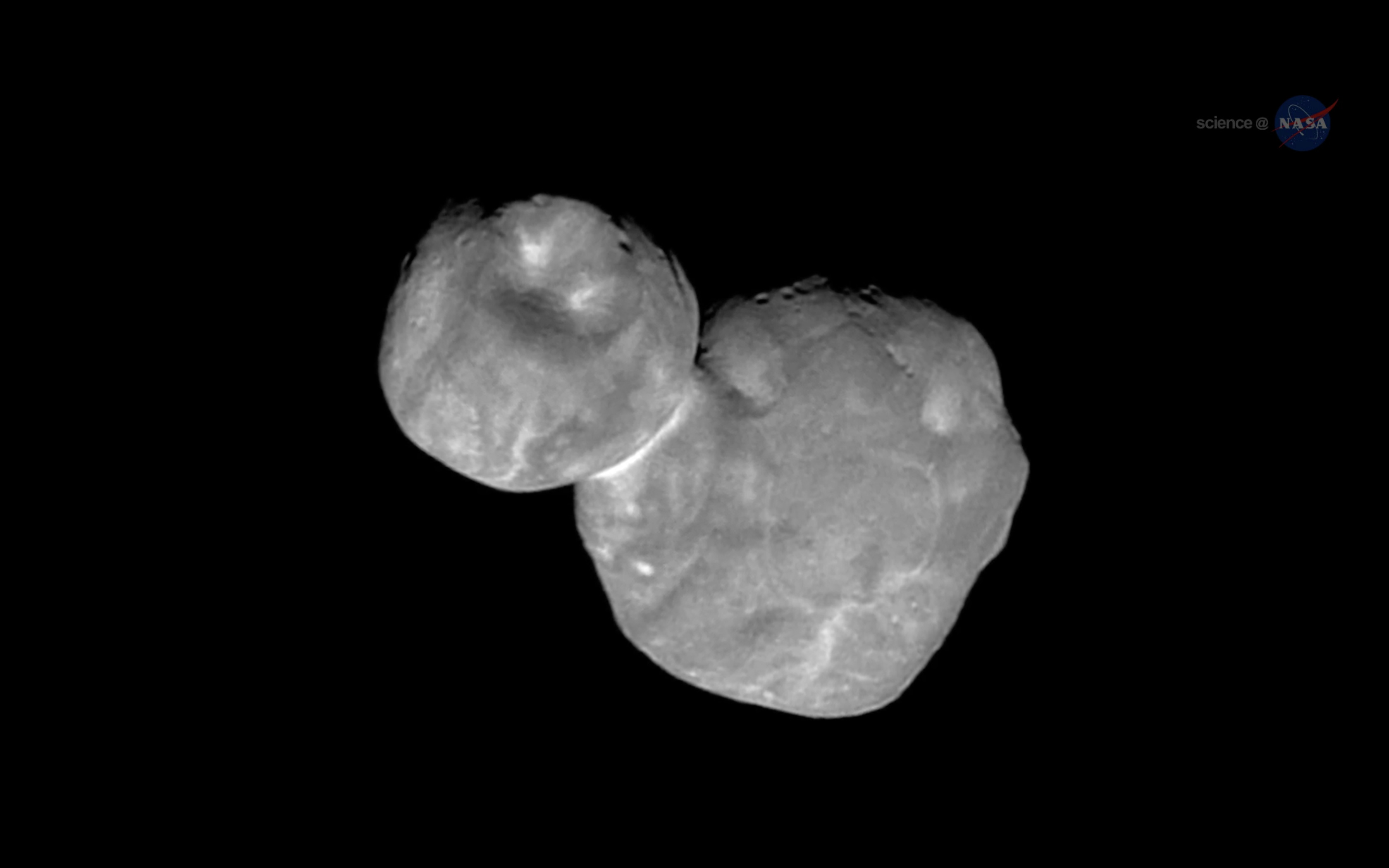







😥🏃🏼♀️🏃🏼♀️🏃🏼♀️여러분 중에 우주에 관심이 있는 사람이 여기에 댓글을 달 수 없다는 뜻입니다.
I love scpace thanks nasa
🔴💚Really Amazing ️You Can Try This💚WATCH💚ᗪOᗯᑎᒪOᗩᗪ LINK >👉https://co.fastmovies.org
🔴💚Really Amazing ️You Can Try This💚WATCH💚ᗪOᗯᑎᒪOᗩᗪ LINK >👉https://co.fastmovies.org
🔴WATCH>>ᗪOᗯᑎᒪOᗩᗪ>>👉https://co.fastmovies.org
Episode 289 not downloading without error
how to speak( s) in last of the sentences